One in every five of Ireland’s suckler farms and 142,000 suckler cows could be lost from the industry by 2028 if the current decline continues, UCD’s professor of agriculture and food economics Michael Wallace has calculated.
That’s despite sucklers contributing €1.4bn in beef output and providing 30,000 jobs directly to the economy.
When other indirect outputs are included, Prof Wallace estimates that sucklers generated between €2.9bn and €3.4bn in 2017, as well as providing the equivalent of 52,000 full-time jobs. His analysis shows that the western, midlands and border counties are particularly reliant on the suckler herd, but its positive effect on the economy is felt nationwide, see graphic.
To demonstrate just how much the suckler cow provides for rural Ireland, the professor looked in detail at counties Galway and Leitrim.
Galway sucklers: €300m and 5,500 jobs
Galway had 97,000 suckler cows in 2017, the highest number of suckler cows in the country. They accounted for 74% of all cows in the county, the remaining 26% being dairy-bred. Some 7,400 Galway farms were suckler farms, a decline of 13% since 2010. However, those farms produced €140m of output, not including direct payments. Prof Wallace estimated that when both direct (beef) and indirect (feed, vets, inputs, hauliers, contractors etc) contributions were tallied, the suckler herd in Galway was worth €300m in output and €190m to the GDP (gross domestic product).
In employment, he attributed 5,500 full-time equivalent jobs to the suckler herd in Galway.
Leitrim sucklers: €43m and 1,000 jobs
Leitrim farmers kept 25,600 suckler cows in 2017, accounting for 92% of all cows in the county. In all there were 2,400 farms with sucklers, a fall of 9% since 2010.
Most of the progeny from those suckler cows were sold as weanlings.
Professor Wallace calculated that suckling yielded €43m for the county in farm output alone, excluding any direct farm payments.
When the beef output and other indirect contributions were analysed, Leitrim sucklers provided €43m and the equivalent of 1,000 jobs for the county.
Speaking ahead of the Irish Farmers Journal Beef Summit on Thursday night, Prof Wallace said there needed to be a cohesive strategy for the suckler herd that involved multiple stakeholders.
He said the “three Ps” of prices, productivity and payments should all be explored to help prevent the loss of farms, jobs and money from rural areas.
The “premiumisation” of suckler beef on the market, continued improvements in farm productivity such as grassland measurement and genetics, as well as direct payments, should be explored.
“There is a case for stronger agri-environmental supports for extensively managed suckler beef herds,” the UCD academic said.
“There is also a case for targeted headage payments aimed at high-quality beef herds, with three-quarter beef genetics,” he said. “It’s been done in Scotland where there is a coupled payment and it similarly needs to be explored here.”





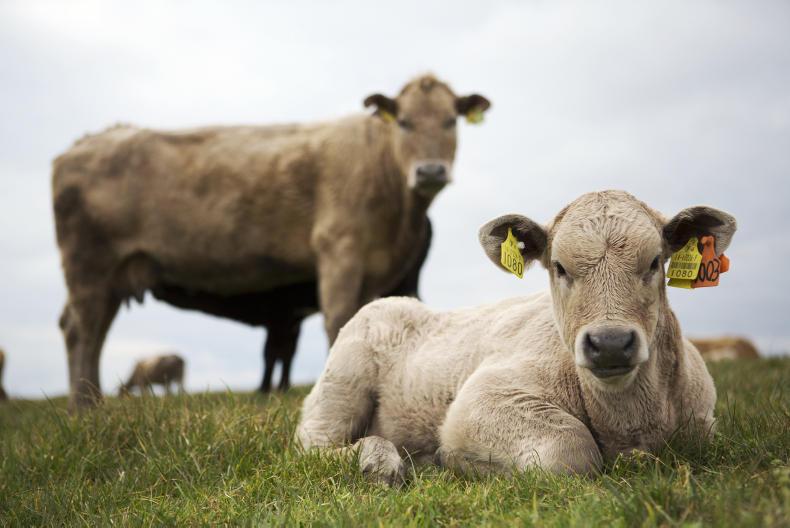
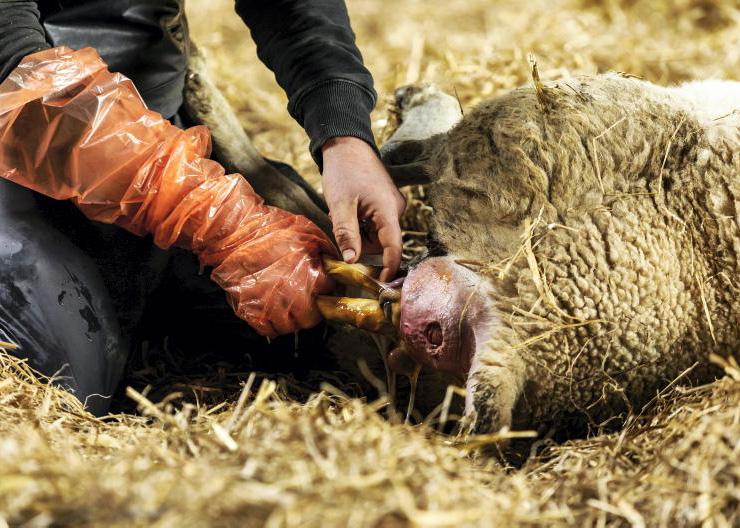

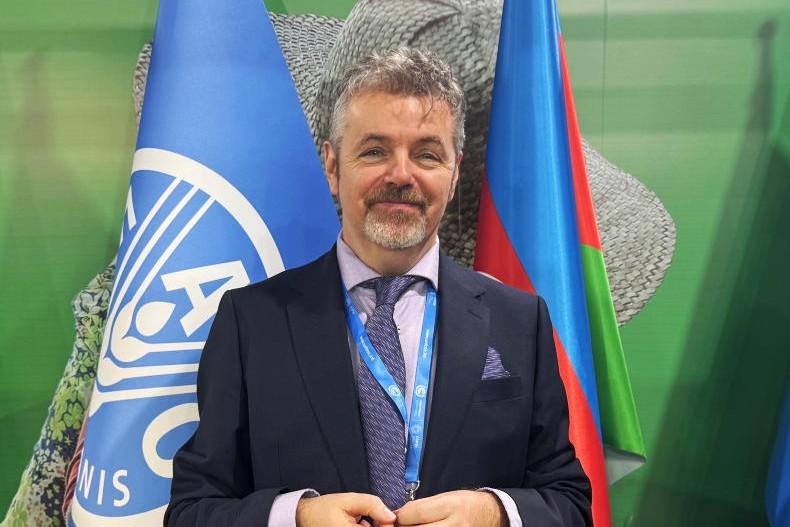
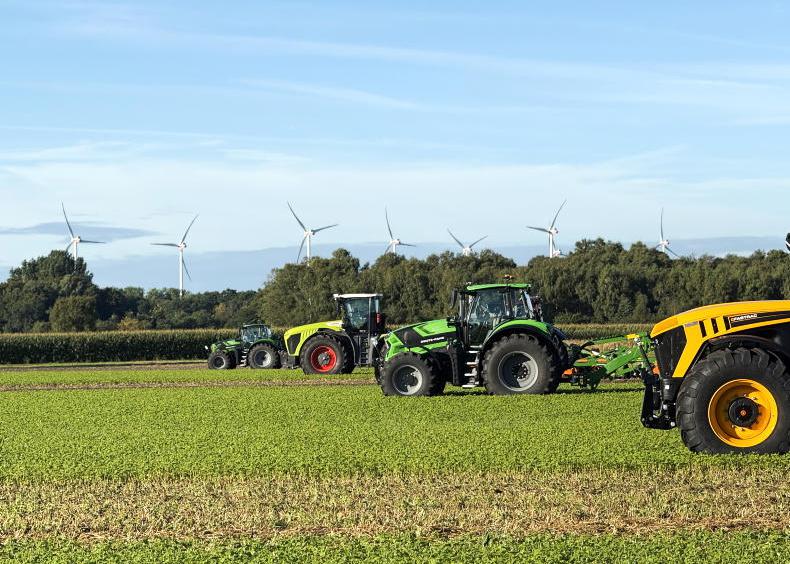
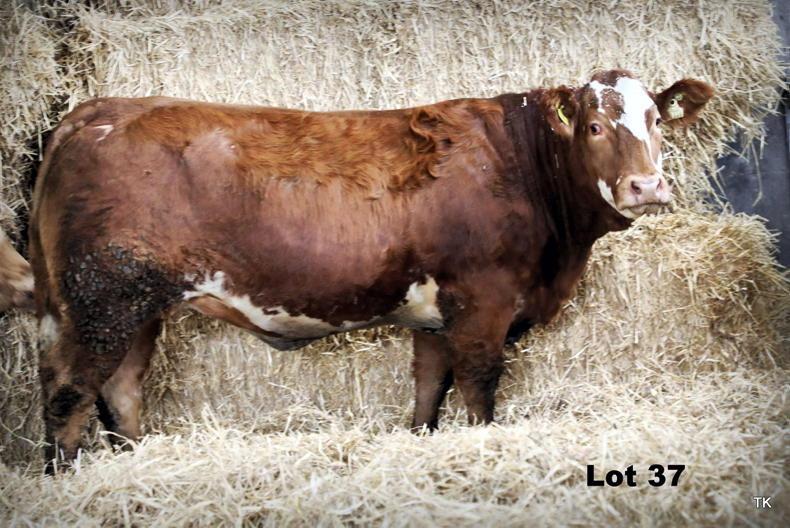
SHARING OPTIONS